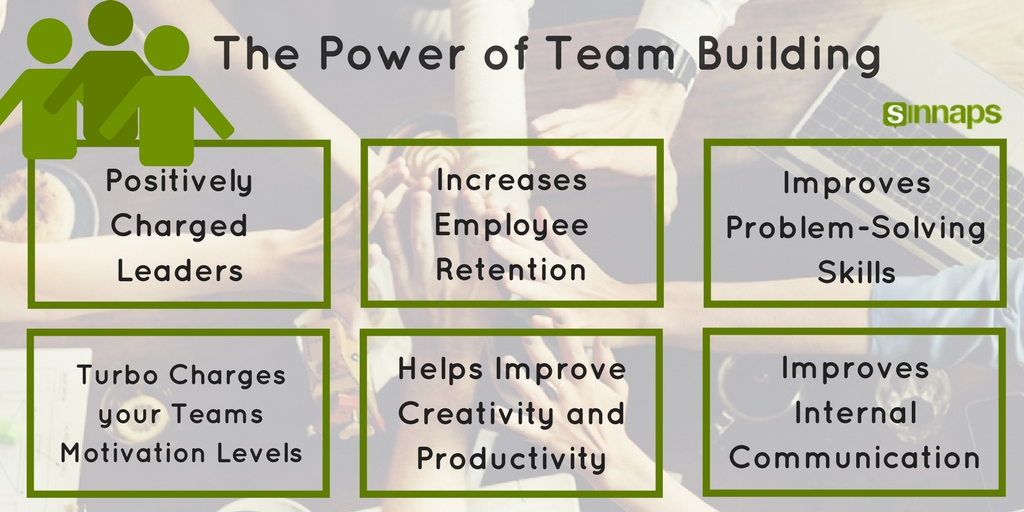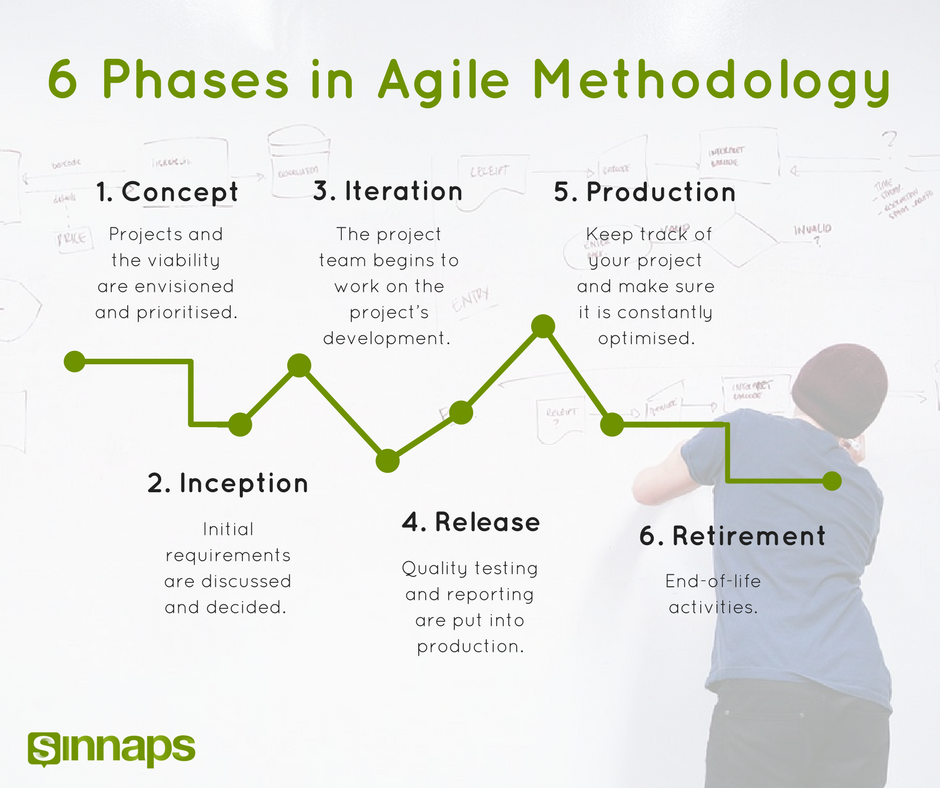Effective Agile team management is a panacea for the myriad of problems facing project teams the world over. In light of the need for building effective, self-organizing teams, various project management methodologies tend to focus a great deal on team roles, as well as the dynamics of growth in favour of flexibility, productivity as well as for rapid and continuous improvement throughout a project.

Agile management has brought about a change in paradigm as regards to how project teams are managed. As opposed to the traditional method of top down teams, organizations who adapt and implement Agile Scrum methods are re-imagining the concept of managing agile scrum teams to keep up with the ever changing and fast-paced business environment today.
The great news today, is that there are a great number of Agile software like Sinnaps online management software available online, that are not only useful in helping managers adapt to the needs of their businesses, they can be modified to fit into cross-functional Agile teams for improved team collaboration, agile planning and other Agile team building activities to entrench new ideas and move the business/project to new heights.

Agile Team Names and Members
Setting up Agile team names and members portfolios that stand out is one of the very first steps towards efficient Agile team management and is one of the many duties of Agile team facilitators and is often considered one among the many Agile team lead responsibilities. The team name creates the first impression and gives a fair idea of the team, as well as offer certain insight about the members in such a team. It becomes very important to put a lot of thought into the process of adopting a name for your Agile team. In this light, only names that correctly portray the disposition of the Agile team workspace as well as their mindset with regards to the project should be considered.

Also, team members play a key role in an Agile team. By putting in their very best and going the extra mile, which includes doing whatever it takes to ensure the completes the work which it has committed to in its sprints or agile meetings, Agile team members can improve agile team collaboration, meet expectations, contribute to growth as well as facilitate project progress.
Online Free Project Management Course
You will receive 5 lessons over the course of 15 days

Agile Team Structure
Five Agile team structures exist, and any of these could be adopted in the process of creating a team for your project and stepping up your Agile team management capabilities. Depending on the preferred characteristics as envisioned by the leader, either of the below could be adopted.
- Generalist Agile Team – In this setting, the team is composed of members who are vast in all areas and would comfortably pick up any role within the team. This works best however, in projects that do not require specific expertise in specific subjects and is well suited for Agile for small teams
- Specialist Agile Team – The specialist Agile team consists of members who are specialist with skillsets in definite subject areas. One major disadvantage of this structure is the increased down time which may be brought about by having to pause and wait around for the next task. It doesn’t work for small teams of say 5 members. The recommended size of an agile team for this type of team is 20 to 25. Another way of minimizing downtime would be to provide cross-training for team members
- Transitioning Agile Team – This is for teams that are moving from one method of working to another. Transitioning from one thing to another, just like in every other facet of life takes a little time as well as practice. The team will eventually begin to get a grasp of the language, ceremonies as well as language of the new method
- Agile Sub-Team – The Agile Sub-team is mostly found in large organizations. In these kinds of settings, the Agile team is usually found to be a sub-unit within a larger Agile team and works with all other external team members towards the general picture
- Parallel Team – This is more or less a cross-functional Agile team where anyone could take on any role at any time. In this Agile team structure, everyone is well vested in the process of developing products, as well as testing. This is achieved with training targeted at building a cross-functional Agile team
Manage your teams’ resources and workload

Cross-Functional Agile Team
Cross-functional Agile team members possess a variety of skills and competencies which are requisite for producing high-quality products on time. When every member has skills to fit into varying agile team roles and characteristics, delivery is optimized and impediments such as depending on non-team members for specific work will be eliminated.
Cross-functional Agile teams are redefining the way projects are handled and products delivered. These teams are designed such that they add greater efficiency and increase value across projects through its core features which among other things increases flexibility, drive creativity and bring about marked improvements in productivity by eliminating bottlenecks and conflicting priorities.
Managing teams have never been easy. A lot come into play when it comes to creating and managing an effective team – one that push against all the odds to deliver project value in conformance to what was promised. Sometimes team members may seem like they’re losing focus, this is where team bonding ideas can really come in handy.
Agile team management a project entails allocating responsibilities and tracking role schedule or communicating with project stakeholders, etc., and smart managers are constantly looking for agile software to make their job easier.
There’s a lot you could do with Sinnaps, this project management can improve your Agile team management prowess and grow your project in a whole lot of ways. Why don’t you try it out today?

